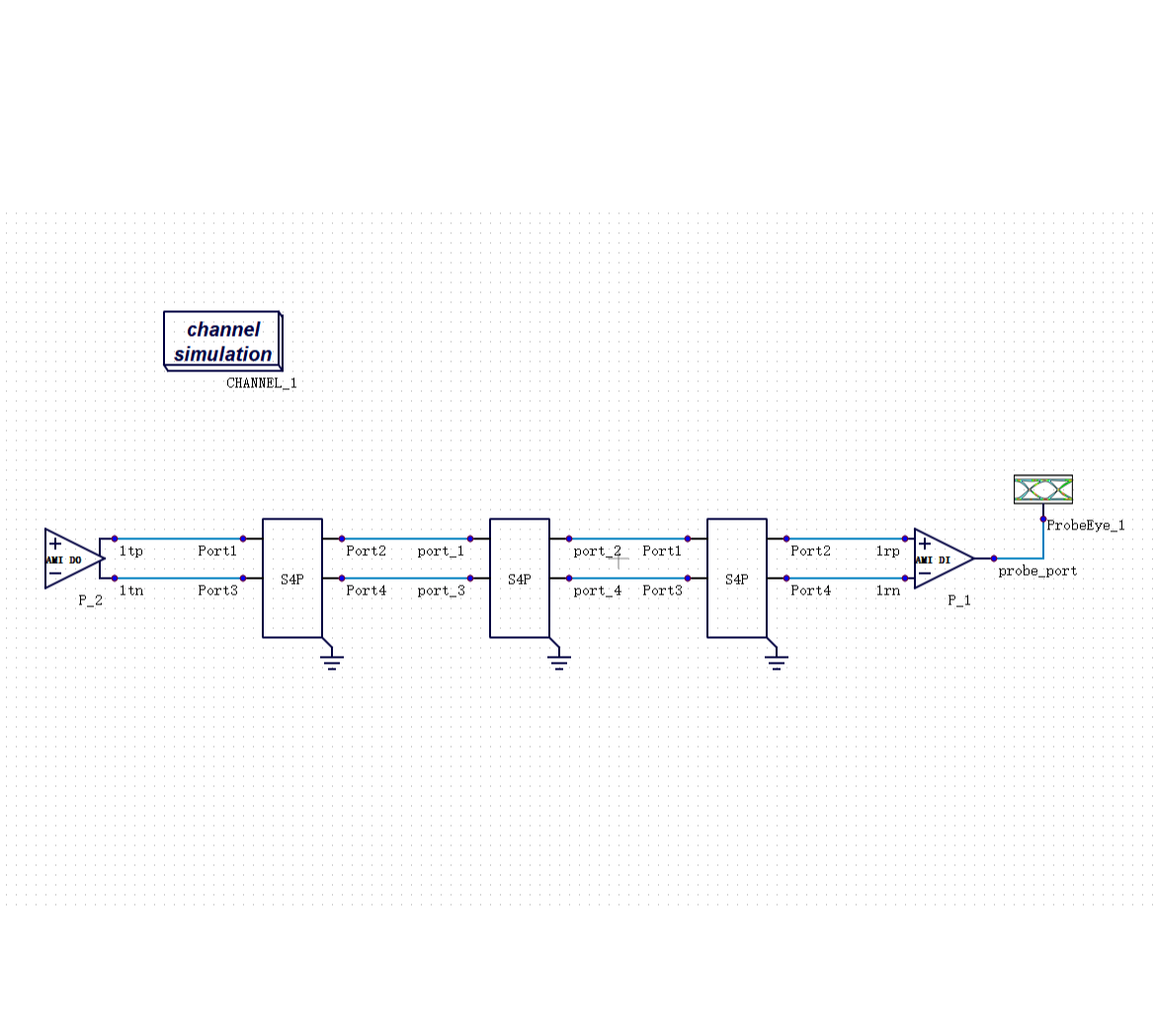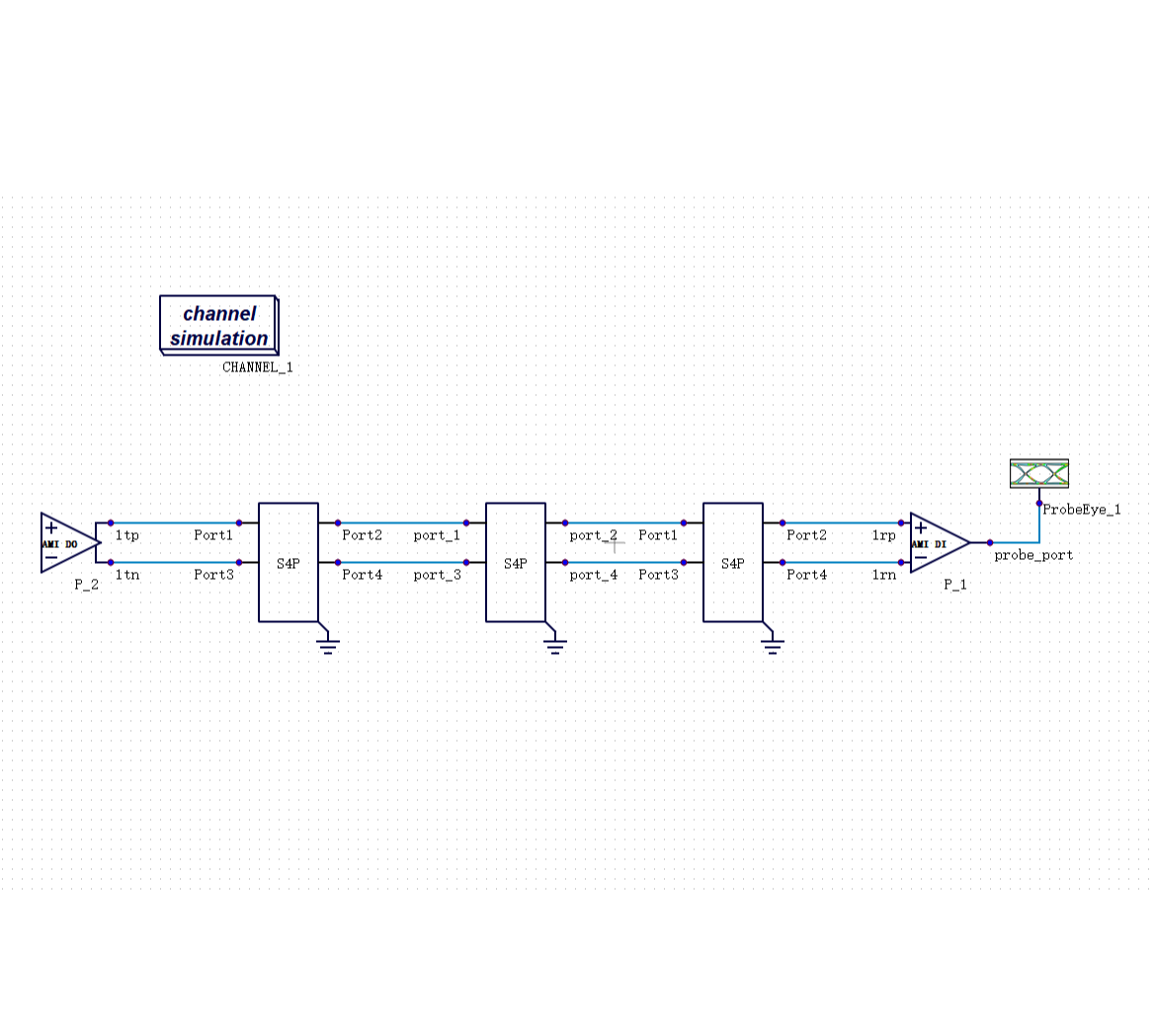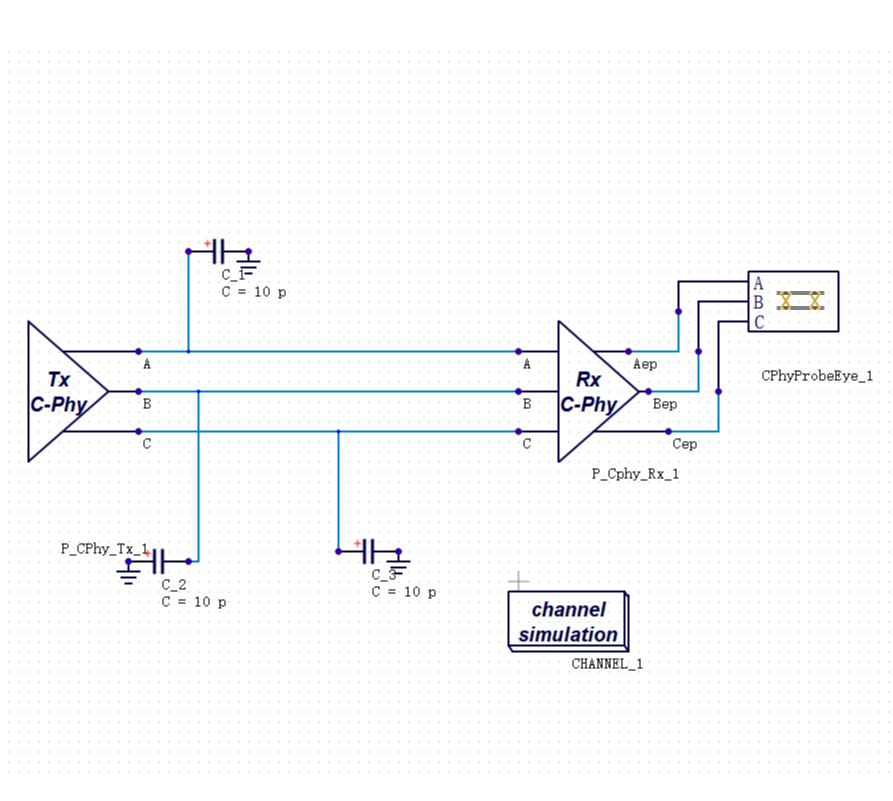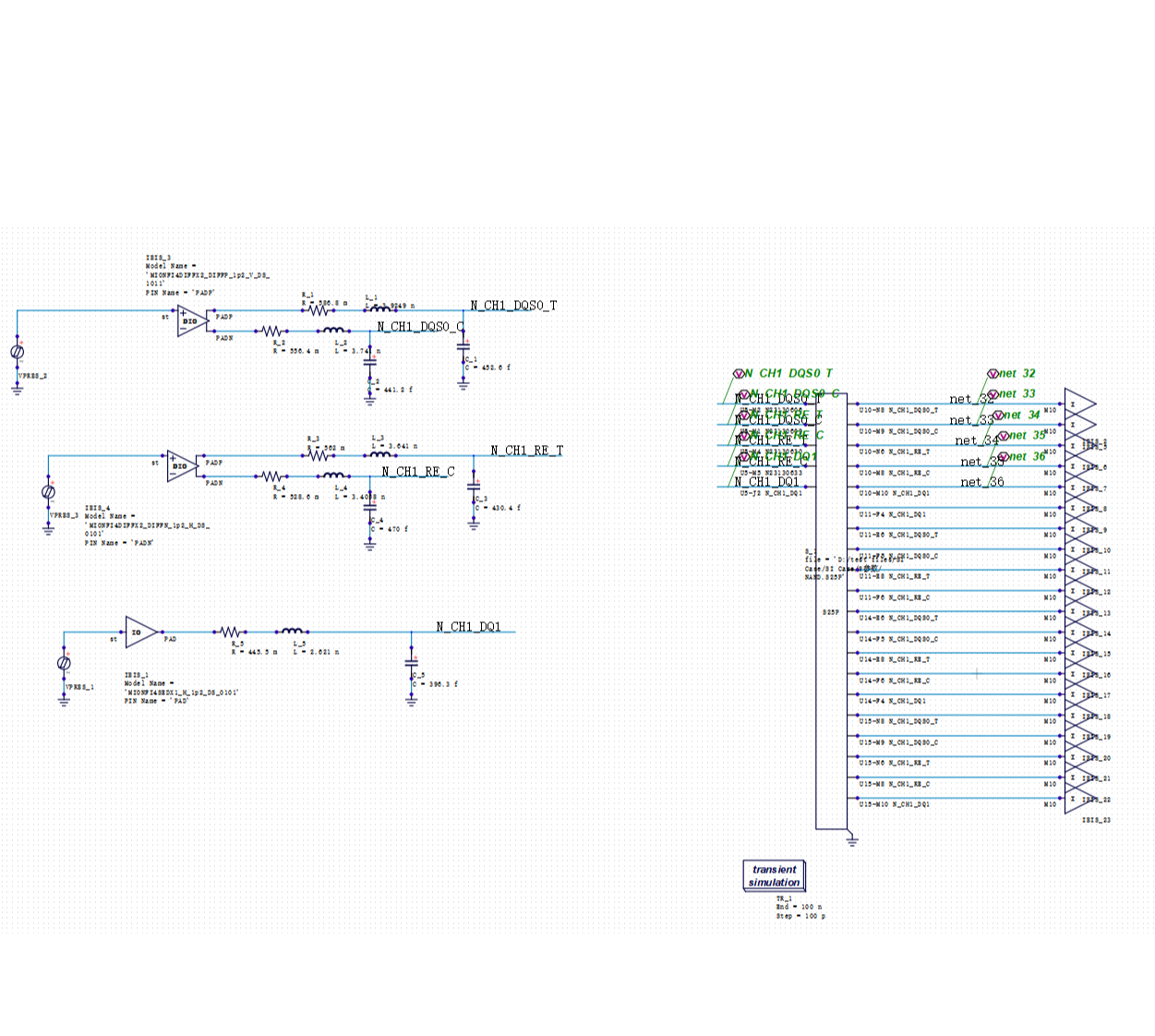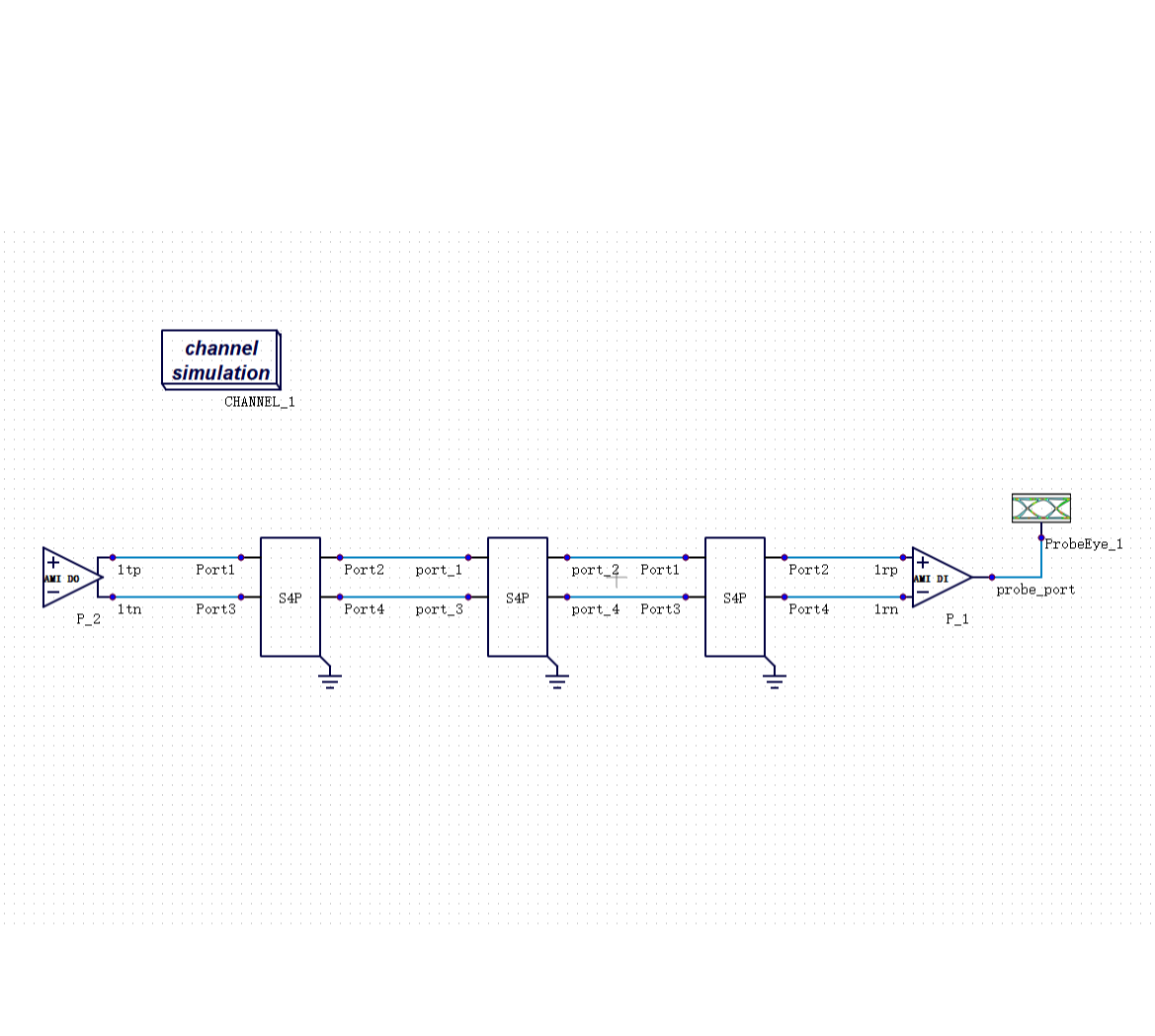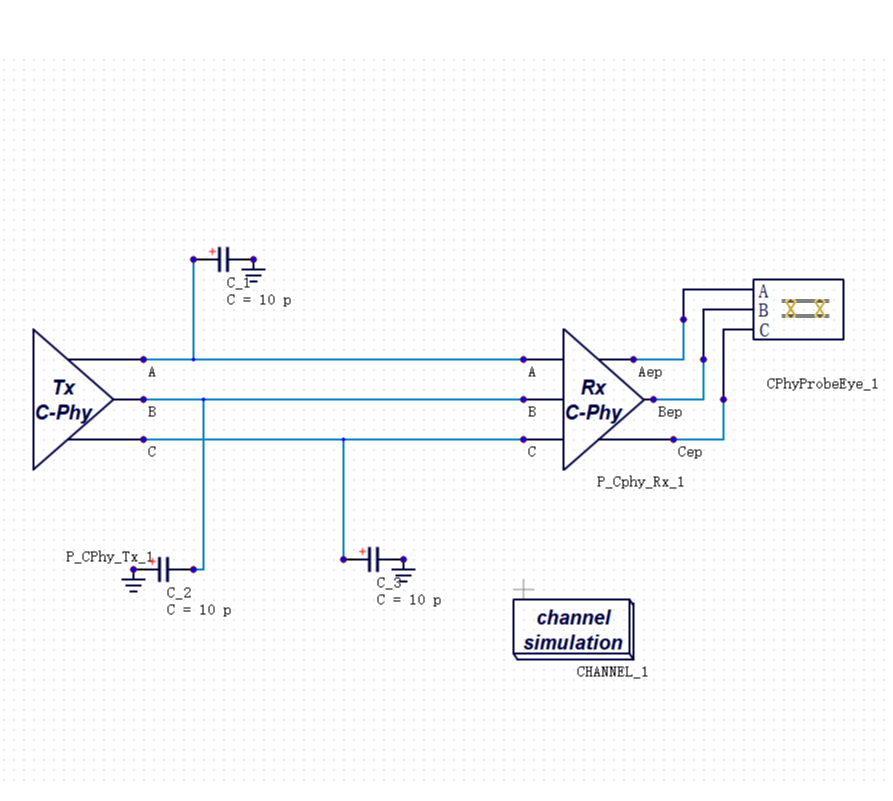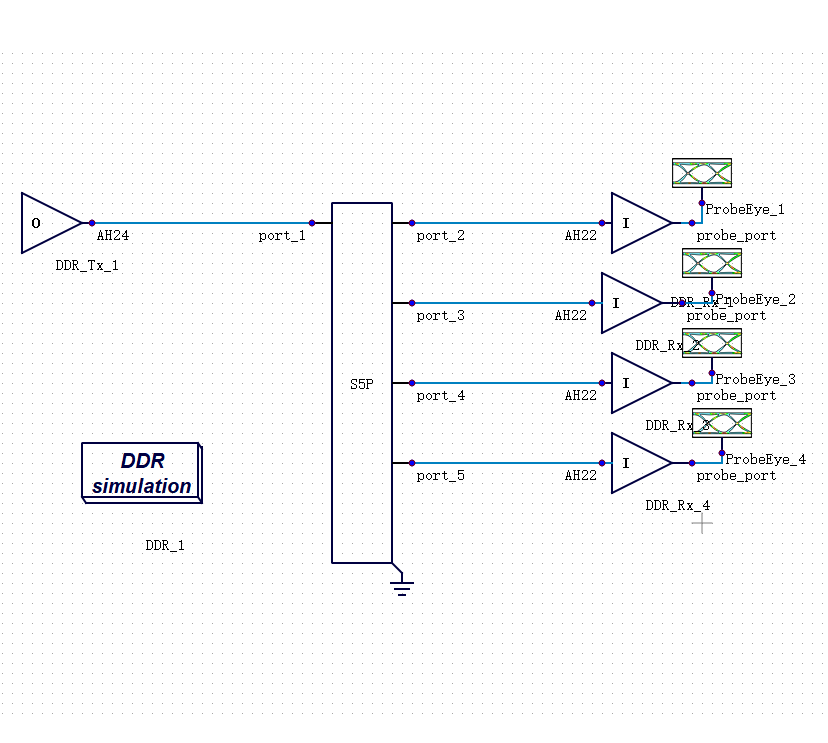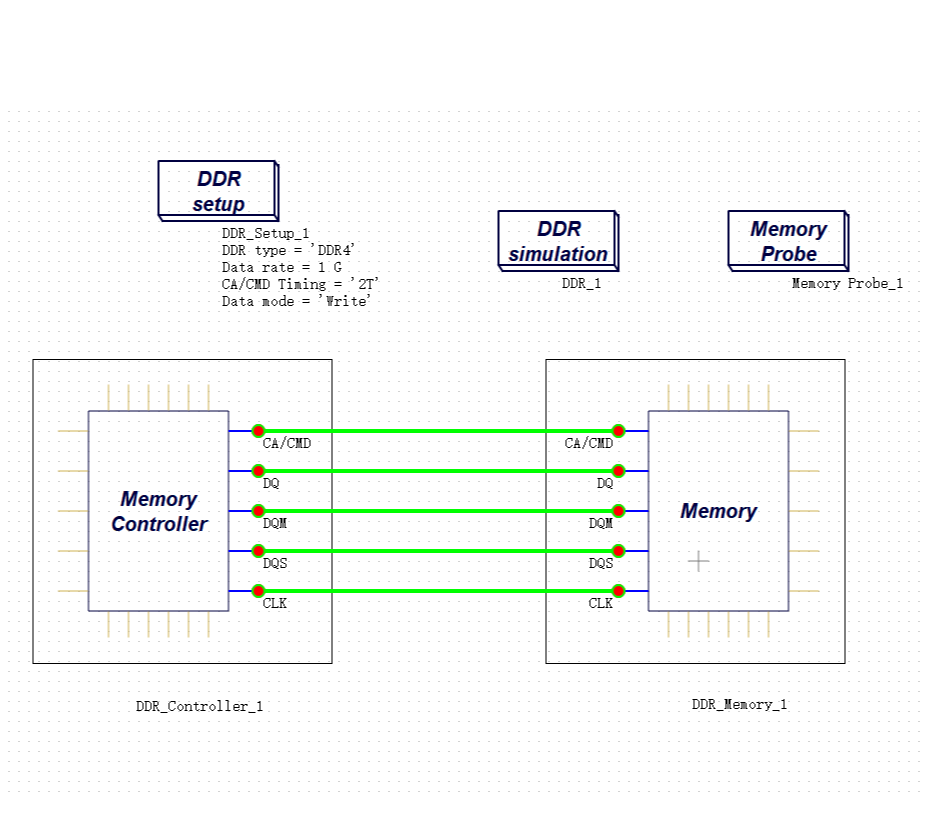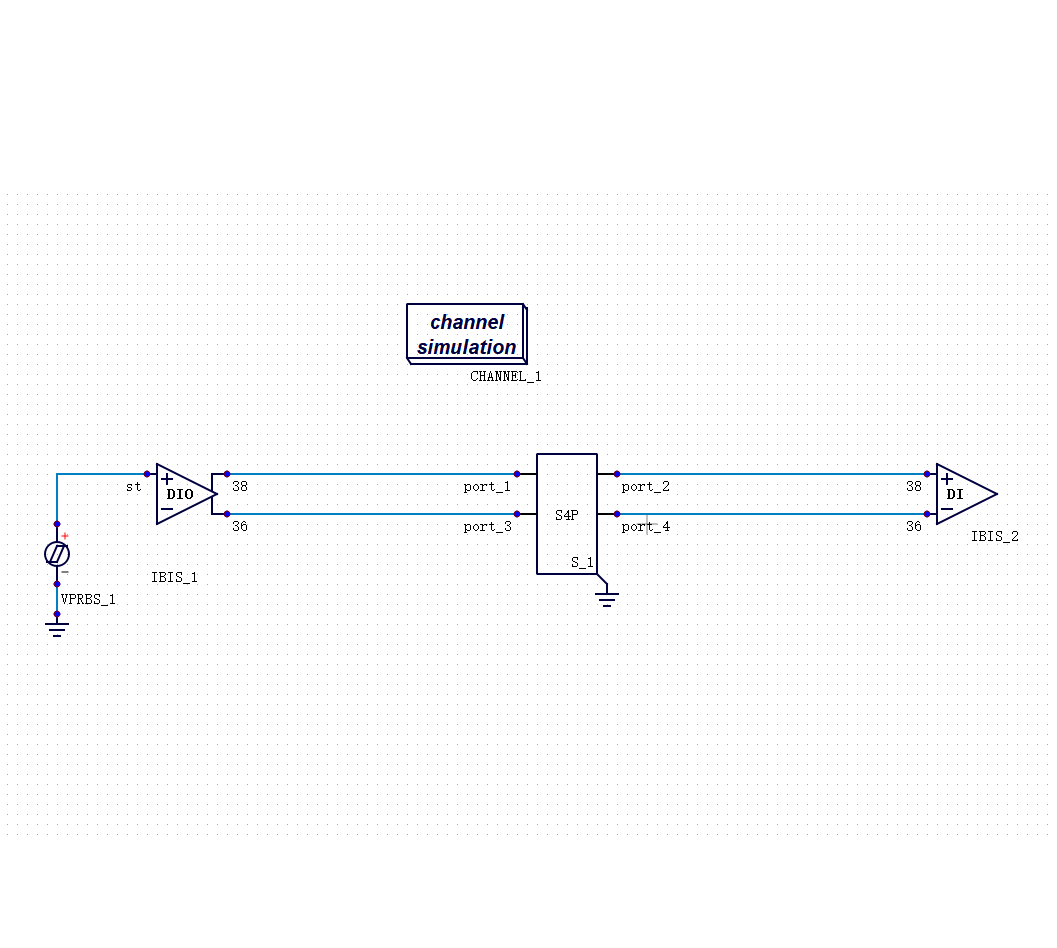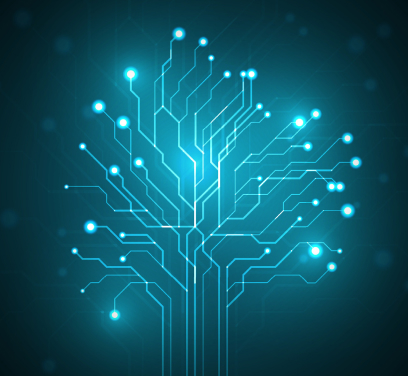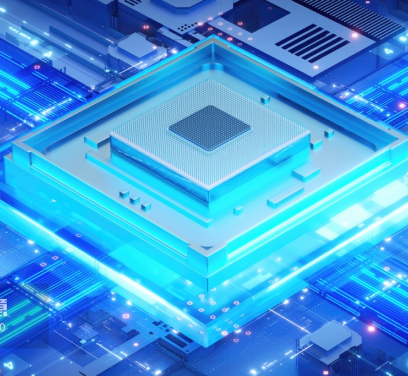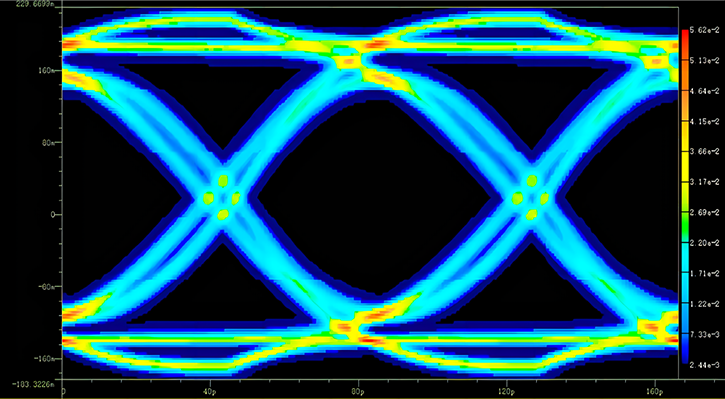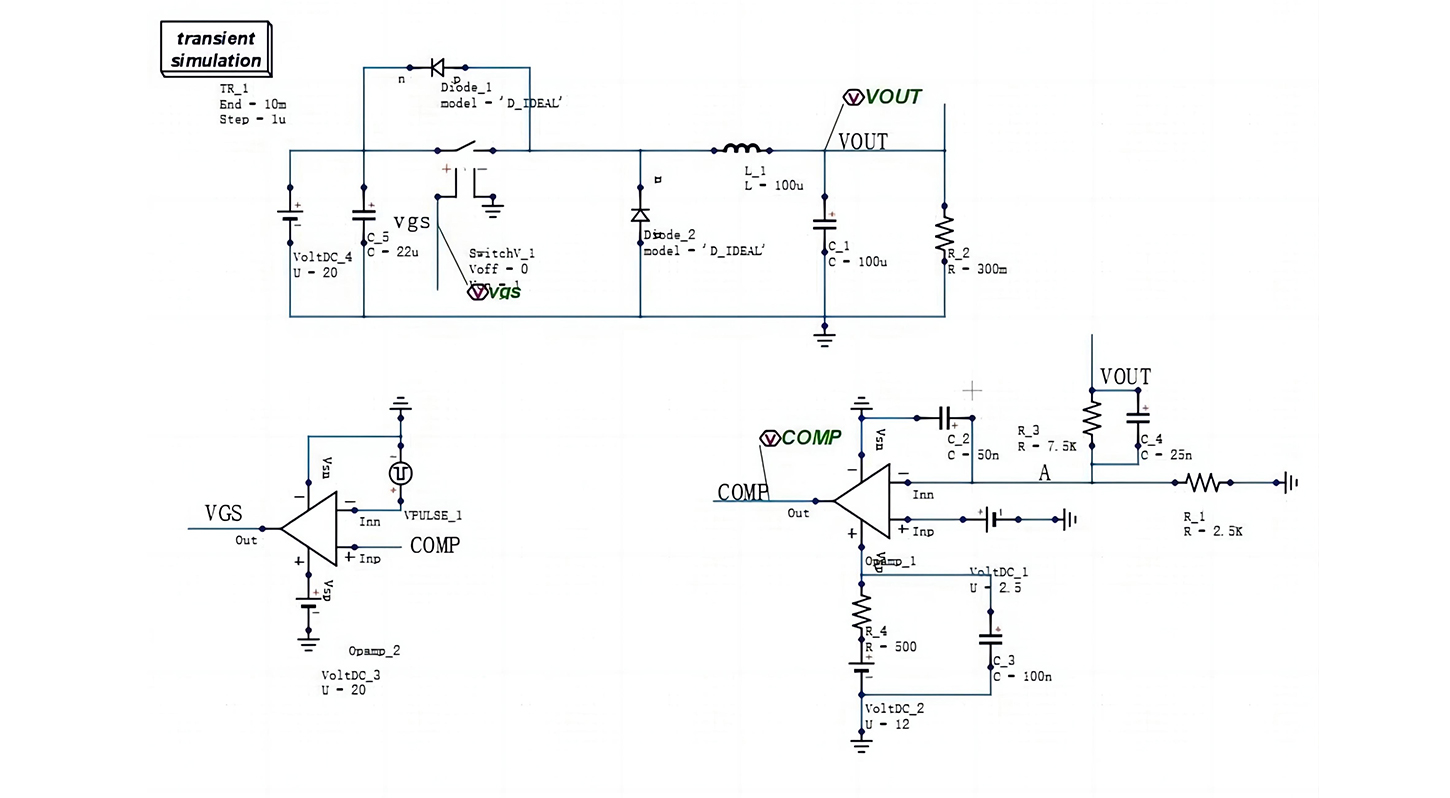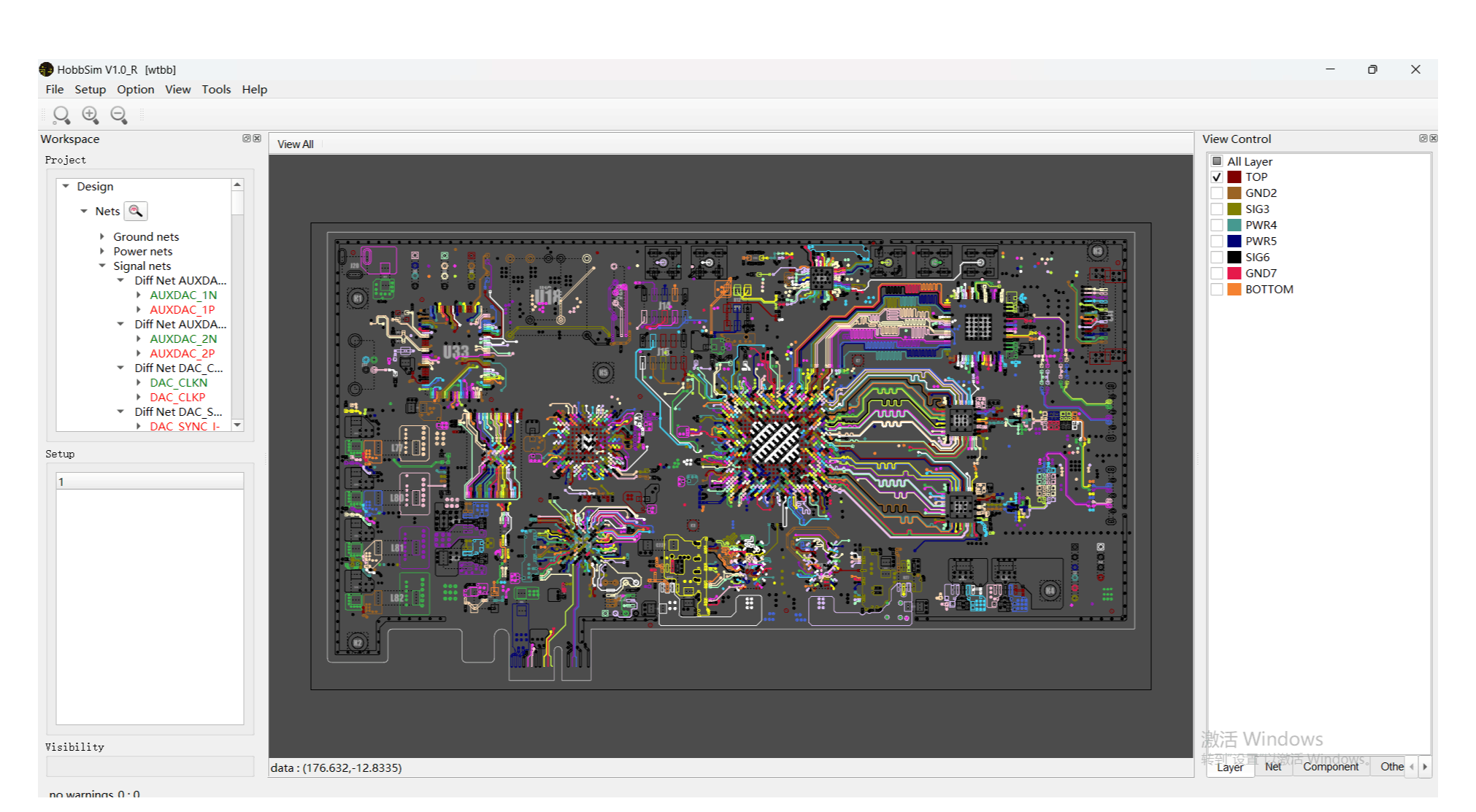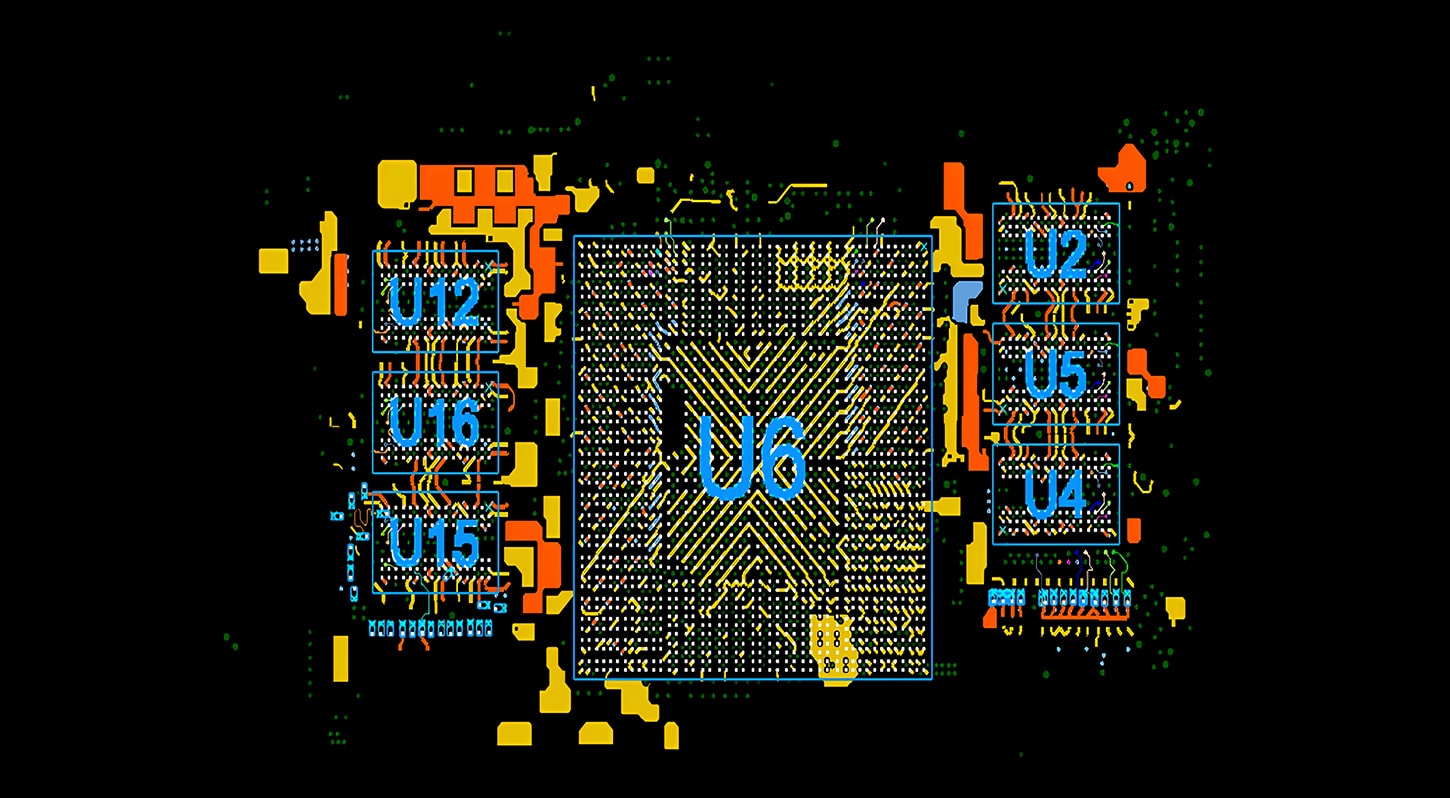Professor Ludovico Minati of UESTC visited Julin Technology
-
2024.04.11
Recently, Professor Ludovico Minati of UESTC visited the HDQ of Julin Technology for academic communication. Jiaxin Sun, Chairman of Julin Technology, and Guifa Wang, the Co Founder of Julin Technology, accompanied the visiting. Julin's application engineers provided on-site software demonstrations and detailed explanations.
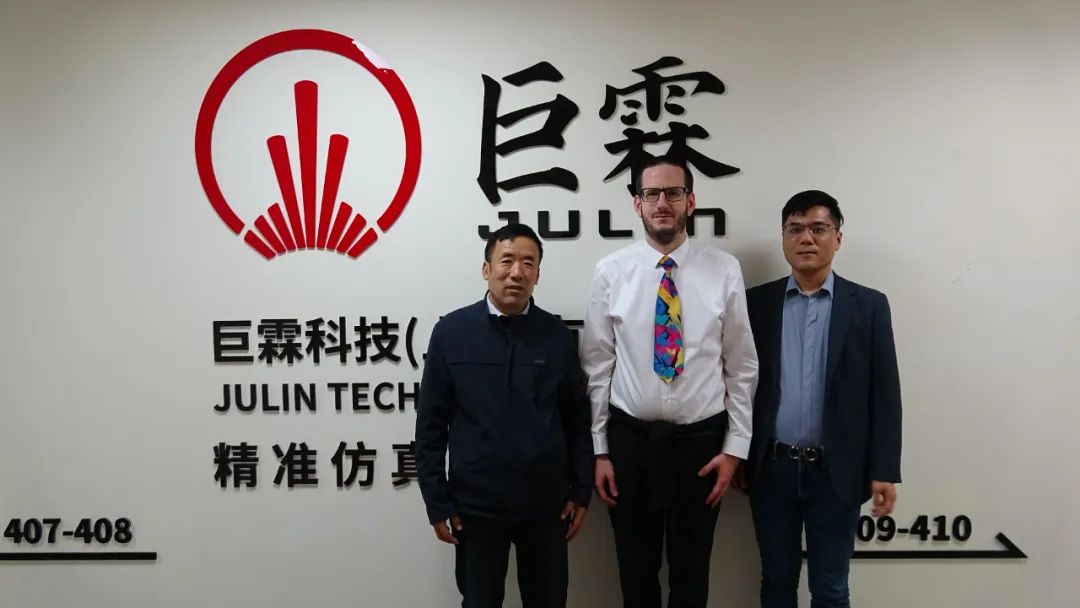
Professor Ludovico Minati has used most SPICE on the market for research purposes. He specially got the information of Julin‘s several products and the latest applications, and gained a detailed understanding of the development history and product advantages of Julin. He exchanged ideas with the company leaders, and hoped to establish cooperation between school and enterprise. In the future, He will try out Julin's software products in the laboratory. Professor Ludovico Minati has found that individual circuit structures are simple, but there are many jump signals that are difficult to converge in previous research. The actual requirement is to simulate thousands of such circuit modules together. Both sides hope to explore together and establish a long-term cooperative relationship.
The visit of Professor Ludovico Minati further enhances the friendly cooperation between UESTC and Julin Technology. In Professor Ludovico Minati's subsequent laboratory research, Julin Technology's simulation software will provide necessary assistance to explore brain activity and the future world.
Professor Ludovico Minati's research overview (excerpted from the official website of UESTC):
At the conceptual level, Professor Ludovico Minati's research has demonstrated the enormous potential of parallel research on neurophysiological signals and basic electronic nonlinear circuit/network activities. Under appropriate conditions, the latter can replicate many statistical characteristics observed in natural records, providing new insights for time series analysis and result interpretation. This study also emphasizes the significance of studying electronic models of neurophysiological phenomena in experiments, as non ideality, mismatch, and noise have a profound impact and are ubiquitous in biology, but difficult to capture on a large scale numerically. This method differs from the methods of neuromorphic engineering and computational neuroscience, and supplements existing methods. He was the first person to advocate parallel research between brain activity and the dynamics of physically implemented model circuits, and also the first to promote research on atypical electronic chaotic oscillator circuits. These circuits are not obtained as variants of existing topology structures, but rather explore new configurations that have greater potential to explore synchronization phenomena and compare them with brain activity.
Recommended
-
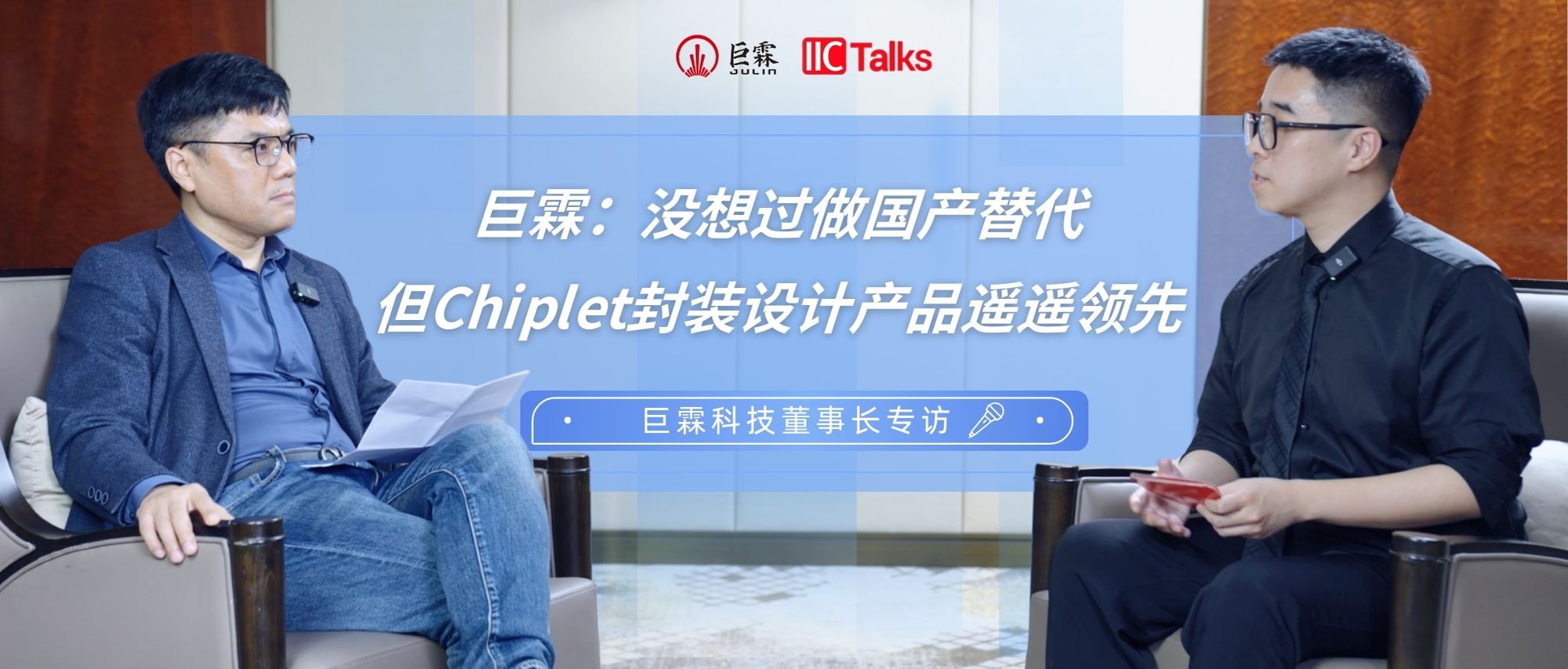
 Julin: Never Thought of Domestic Substitution, but Julin's Chiplet Package Design SI Simulation Products Reach Industry Leadership Levels2025.04.09
Julin: Never Thought of Domestic Substitution, but Julin's Chiplet Package Design SI Simulation Products Reach Industry Leadership Levels2025.04.09 -

 Julin Technology Wins“Quality Enterprise of Semiconductor EDA Market Development”and Promoting industrial ecosystem upgrades through independent innovation.2025.03.26
Julin Technology Wins“Quality Enterprise of Semiconductor EDA Market Development”and Promoting industrial ecosystem upgrades through independent innovation.2025.03.26 -

 Julin Technology Wins 2024 Shenzhen IC Industry"Innovative Chip Rising Star Award"!2025.03.10
Julin Technology Wins 2024 Shenzhen IC Industry"Innovative Chip Rising Star Award"!2025.03.10





